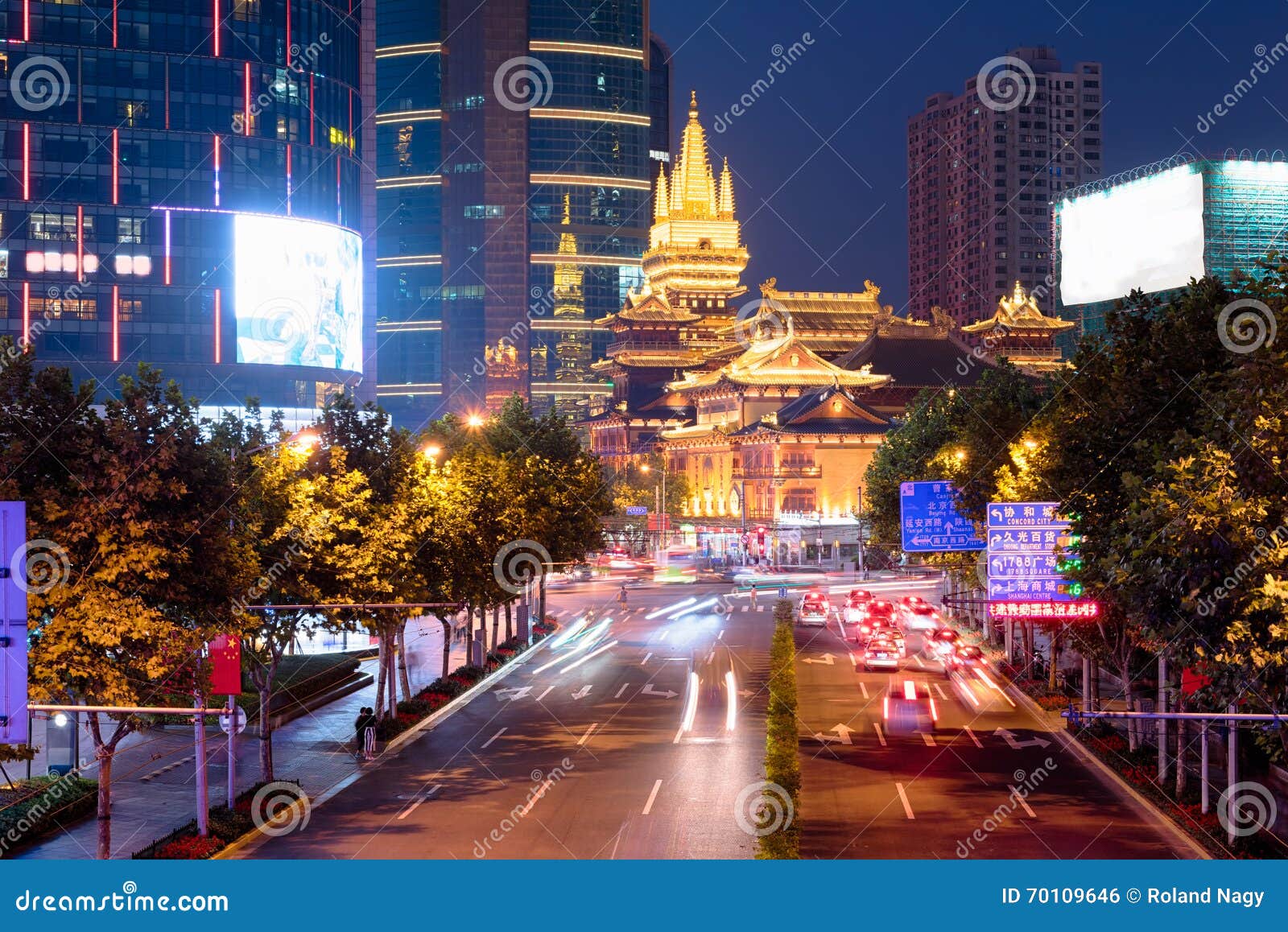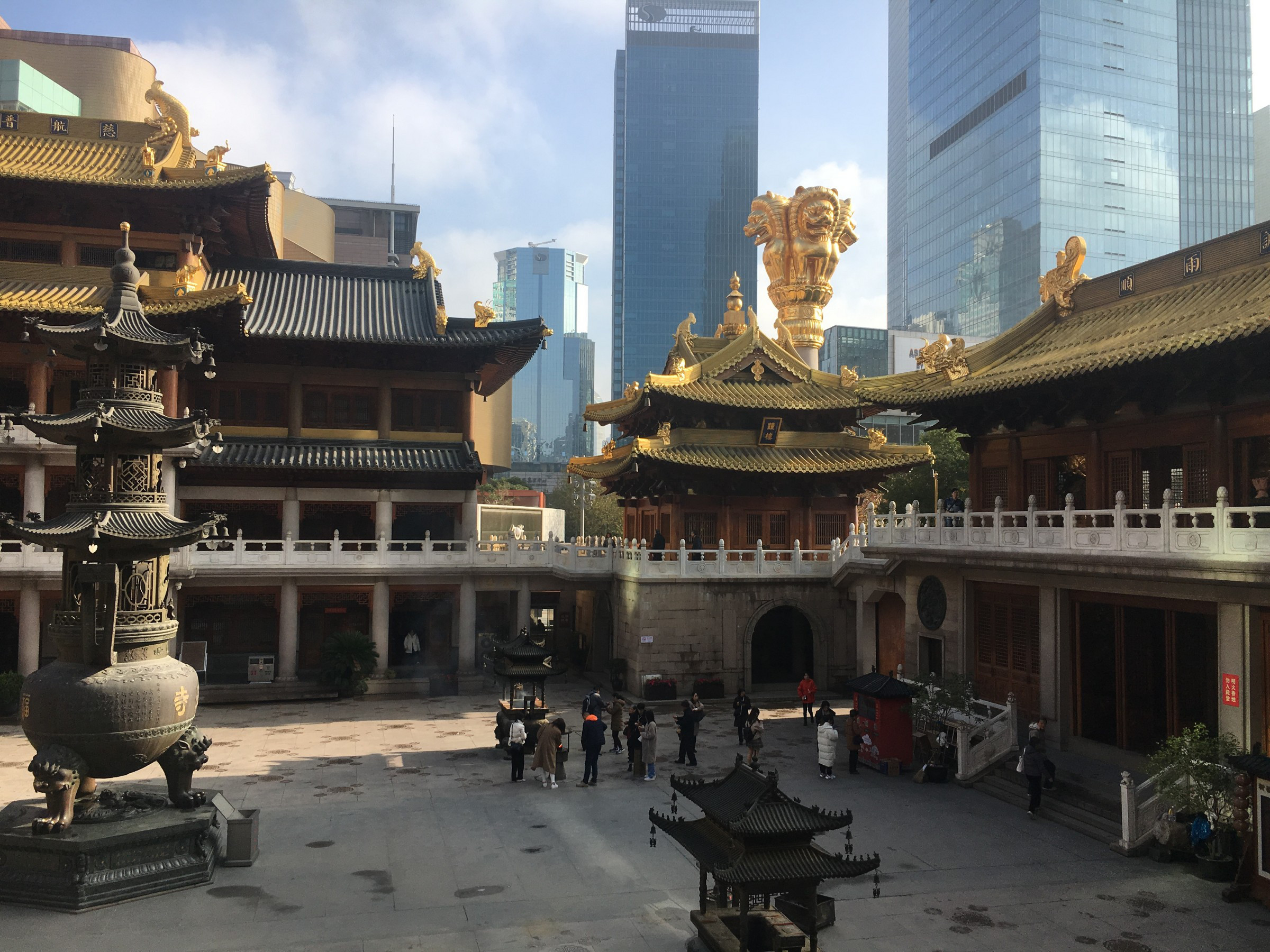
On the date, all village residents attend the event and sell their hand-made crafts as well as home produced veggies and fruits. The day falls on the 8th day of Lunar April celebrating Buddha’s Birthday. A well-known master piece in the temple is a bronze bell made during the Ming Dynasty (1368-1644).Įach year there is a traditional fair held at Jing’an Temple. There are a lot of folk and wonderful paintings as well as calligraphy by Yangzhou’s painters in the Display Hall of Buddhist Relics. The charming and tranquil expression of Budda conveys an atmosphere of auspiciousness and venerability. It was so big that it had been torn down into several smaller pieces to be moved into the Mahavira Hall. It is about 3.78 meters in height, 11,000ke in weight. Jing’an temple is famous for a portrait of the Sakyamuni it is sitting in the Mahavira Hall. In the temple there are three big halls - Hall of Heavenly Kings, Mahavira Hall and Three Sage Hall. But after re-construction, the Sixth Spring has been relocated to the crossing of Huashan Highway and West Nanjing Highway, and regained its previous reputation. There was another famous scene in Jing‘an temple, it was named “Six Spring” because spring water gushed out day and night. Estavel was located in front of Jing‘an Temple it was excavated on 5th May 2009. Unfortunately 7 of them were extinct due to over construction around the area. The old Jing‘an Temple was composed of eight scenes they were extremely popular at that time period. In 1990, Jing‘an Temple was re-opened to the public.

Three Sage Hall and the Room of Heavenly Kings were also renovated to its current features. Unluckily, the temple was destroyed by a fire in early 1972. The first tram was built and Jing‘an temple was selected as its first station. to 1279 A.D.), it was relocated to its current place from the bank of Wusong River and it became an overcrowded and famous place in 1908. However during the Southern Song Dynasty (1127 A.D. It was first titled Hudu Chong Yuan temple. Jing'an Temple was first built during the Three Empires Period (220A.D to 280 A.D) and has had a history of more than 780 years. In 1983 it was registered as one of the national protection places. It is located on West Nanjing Road, the hustle and bustle area of the city. No entry ticket is required, and the serene atmosphere of the temple makes it a fine place to acquaint yourself with the merits of Chinese Buddhism.Ī vegetarian restaurant run by the temple, serving simple dishes, is right next door and is quite handy for those seeking to quench their hunger other than purely spiritual.Jing‘an Temple is one of the most famous temples in Shanghai. Much to its merit, Fazangjiang has kept its historical identity intact and is now a welcoming oasis amid the hustle and bustle of a busy metropolis. Swastika, the ancient Buddhist symbol of eternity, is found on many prayer ribbons hanging around. There is even a small shrine dedicated to Dizang Wang, the Chinese God of the Underworld in Buddhist mythology.

There are also two gilded walls with the images of “Arhats” – enlightened persons who have reached nirvana – as well as golden sculptures of the Buddhist trinity. A large statue of Buddha Gautama Sakyamuni sat on top of a lily dominates the hall. Now restored and reconsecrated, some parts of its main hall reflect Art Deco motifs, adding to the uniqueness of its location inside a tower-like structure. The temple was built in 1924 and, similarly to the acclaimed Jing’an Si temple, was used as a factory during the Cultural Revolution of the 1960s-70s. On the outside, it looks pretty much like any other gated entrance with no sound or smell passing from behind the wall, even if there is a prayer in session or incense burning underway.

Its unique architecture would make it a top attraction of the Old Town, but curiously enough it does not advertise itself and, without stepping through its doors, people (locals or foreigners alike) may never know it is there. Fazangjiang is one of the four most prominent Buddhist temples in Shanghai, alongside those of Yu Fu Chan Si (the Jade Buddha Temple), Jing'an Si (the Temple of Peace and Tranquility), and Longhua Si (the Luster of the Dragon Temple).


 0 kommentar(er)
0 kommentar(er)
